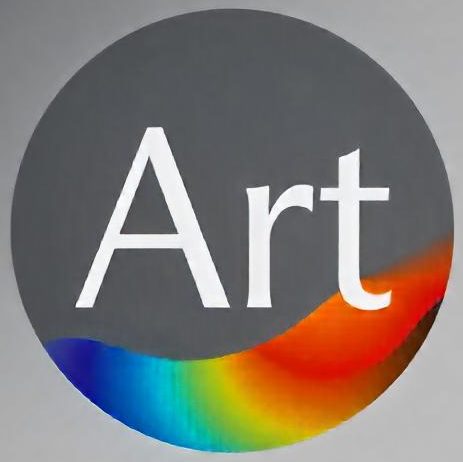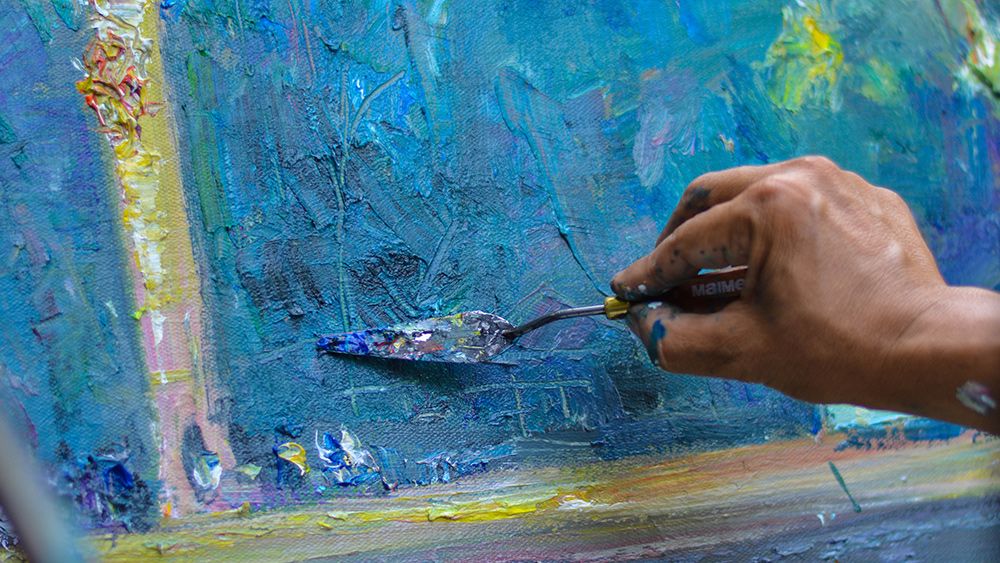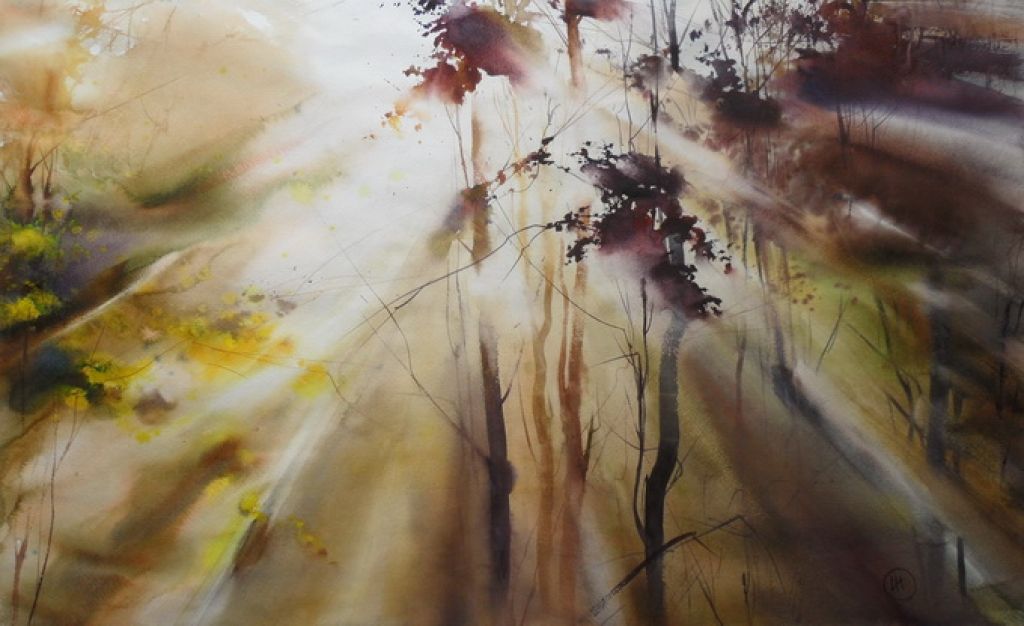Acrylic pouring is a popular and mesmerizing art technique that allows you to create beautiful, abstract designs with ease. Whether you’re a beginner or looking to refine your skills, this guide will walk you through the basics of acrylic pouring and provide tips to help you master this fun and creative medium.
What is Acrylic Pouring?
Acrylic pouring involves mixing acrylic paint with a pouring medium and then pouring it onto a surface, usually canvas, to create fluid, abstract designs. The paint flows and mixes in unexpected ways, producing unique, colorful patterns and textures. There are various pouring techniques, such as the flip cup, dirty pour, and puddle pour, each creating distinct results.
Supplies You’ll Need
Before you start, gather the following supplies:
- Acrylic Paints: Choose a variety of colors. You can use any acrylic paint, but ensure it has a fluid consistency.
- Pouring Medium: This is a key ingredient that makes the paint flow smoothly and helps with the paint’s drying time.
- Silicone Oil: This is optional, but adding it can create cells and interesting patterns in your artwork.
- Canvas or Painting Surface: A stretched canvas is the most common, but you can also use wooden panels or other surfaces.
- Cups and Stir Sticks: To mix your paints and pouring medium.
- Plastic Sheets or Drop Cloth: To protect your work area from paint spills.
- Gloves and Apron: To protect your hands and clothing.
Basic Pouring Techniques
Here are some popular pouring techniques to try:
1. The Flip Cup Technique
- Pour your desired colors of paint into a cup, layering them one on top of the other.
- Place the canvas over the cup and flip it upside down.
- Slowly lift the cup to reveal the paint on the canvas. Tilt the canvas to spread the paint and create beautiful, flowing patterns.
2. The Dirty Pour Technique
- Pour all your colors directly into one cup, without stirring them together.
- Flip the cup onto the canvas and allow the paint to flow out.
- Tilt the canvas in different directions to mix the colors naturally.
3. The Puddle Pour
- Start by pouring one color in the center of your canvas, creating a puddle.
- Add additional colors on top of the puddle and allow them to spread naturally.
- Use a straw or a blow dryer to create interesting effects.
Tips for Success
- Use a Flow Medium: It helps make the paint flow and mix evenly, preventing cracks and ensuring the paint doesn’t dry too quickly.
- Experiment with Silicone: A drop of silicone oil can create cells in the paint, adding depth and visual interest to your artwork.
- Work Quickly: Acrylic paint dries fast, so be sure to work efficiently and have your supplies ready.
- Tilt and Move: Tilt your canvas in various directions to manipulate the paint and allow it to spread naturally.
Troubleshooting
- Paint Too Thick: If your paint is too thick, the flow will be slow, and you might not get the desired results. Add a little more pouring medium to thin it out.
- Unwanted Cracks: If you notice cracks as your painting dries, your paint might have been too thick, or it dried too quickly. Try working with thinner layers of paint or slowing down the drying process by using less silicone.
- No Cells: If you’re not getting cells, you may need more silicone oil or to adjust the colors you’re using. Keep experimenting with different combinations.
Conclusion
Acrylic pouring is a wonderfully freeing art form that allows you to create stunning, one-of-a-kind pieces with minimal effort. By following these basic tips and techniques, you’ll be well on your way to mastering the art of fluid painting. Remember, the beauty of acrylic pouring lies in its unpredictability, so embrace the process and enjoy watching your artwork come to life.
Happy pouring!



